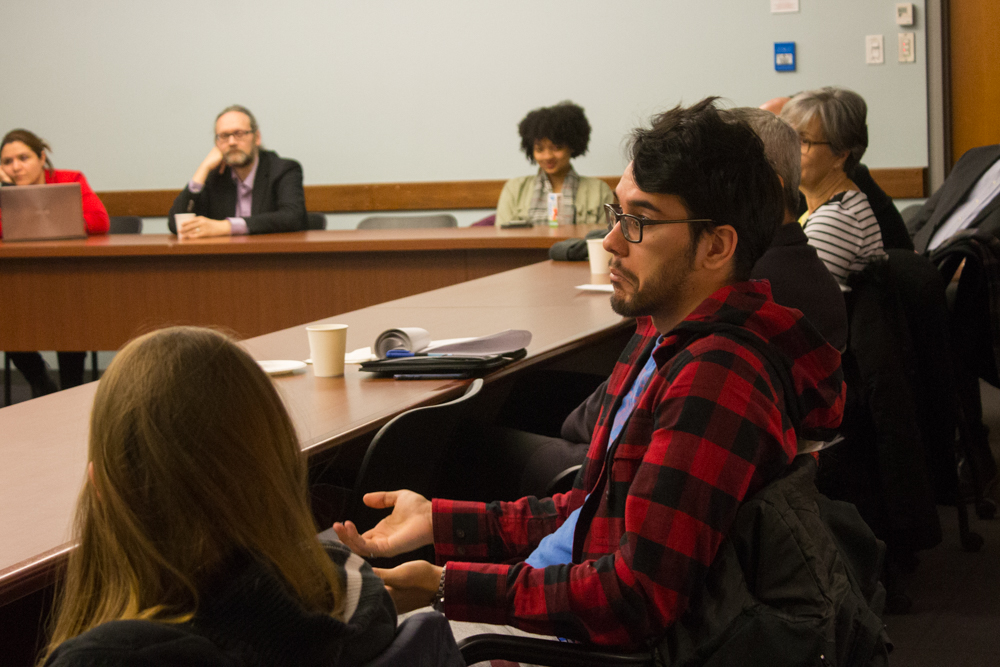Faculty members and students get together to discuss the neverending shuttle bus issue.
Concordia students and faculty members gathered on Tuesday, Jan. 18 to discuss an ongoing issue at the university: the shuttle bus.
Among those present at the conference were Roger Côté, Vice President, Services at Concordia, Desmond O’Neill, the university’s Manager of Transportations, Mail and Facility Management, representatives of the Facebook page Spotted: Concordia, as well as a number of engaged students.
Complaints as well as solutions were discussed.
Spotted: Concordia posted on their page about the event, informing students that the faculty was willing to listen to their ideas on how to improve the shuttle services. The representatives read the comments aloud to those in attendance.
The comments ranged from the lack of communication between the drivers and the shuttle bus riders to critiques of the digital screen at the bus stop and how it is seen as practically useless. Above all, attendees insisted that the bus is unreliable and inefficient. Many concerns and ideas that were raised were repetitive and similar.
Professors, as well as students, commented on the bus’ schedule—it is not coordinated with classes, nor does it account for the busiest times of the day, which leads to the bus being often overpacked. Students also mention its infrequency, and the absence of buses during weekends is inconvenient for students living in residences.
But, perhaps the most common complaints were about the riders’ inability to open the windows, and one particular driver’s dangerous driving. They remained unnamed, but the numerous nods indicated that everyone knew who the driver was.
While one driver was praised for their friendliness and kindness towards the students, another was criticized for their blatant road-rage, and as a result, their careless driving.
One student seemed especially exasperated.“One time, we almost curbed a biker,” he said.
“Once they got in a fight with another driver on Ste. Catherine, and practically chased them down the street,” a professor said. “It was not pretty.”
Ideas put forth for possible solutions included installing free wifi on the bus for students to study during traffic jams, improving the Concordia app for tracking purposes and informing students about possible issues with the bus. Additionally, the possibility of increasing the number of buses was also considered—more specifically, having them come every 15 to 20 minutes.
As the conference neared its end, O’Neill was asked if he had ever calculated the number of people who took the shuttle.
“There’s about three-quarter of a million people who take the shuttle per year,” he answered confidently. “We are working on maintaining the service, and enhancing the safety.”
“There seems to be a convergence on the issues,” Côté said. “We will make sure to get to a mutual agreement and respond to each and every one of your demands.”
Photo by Britanny Clarke
